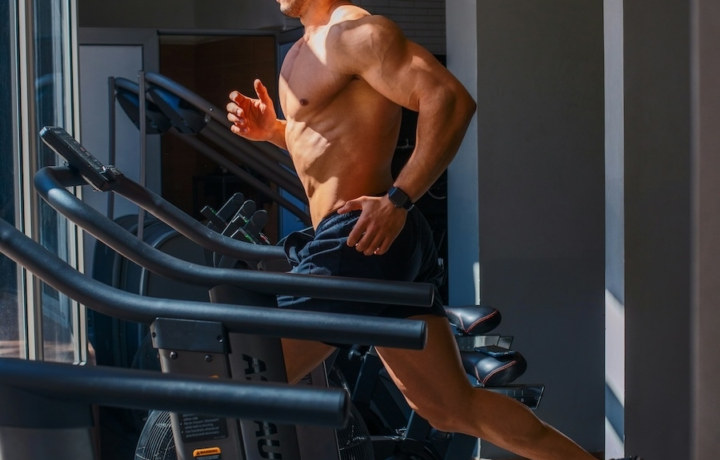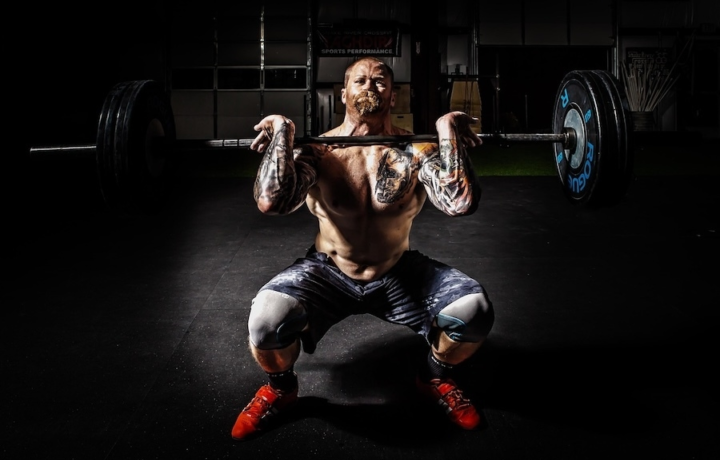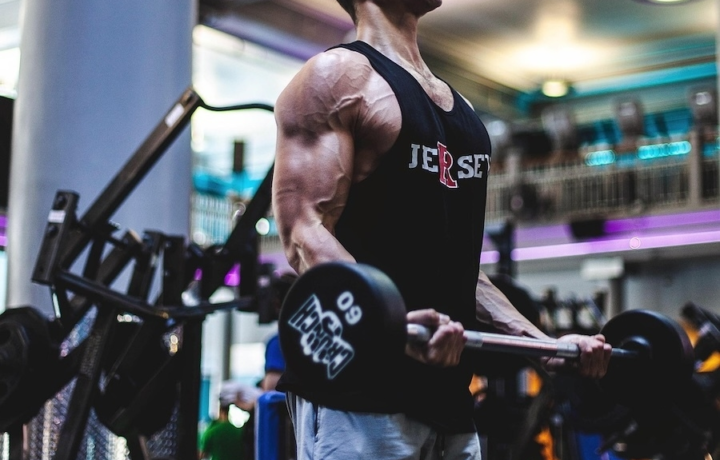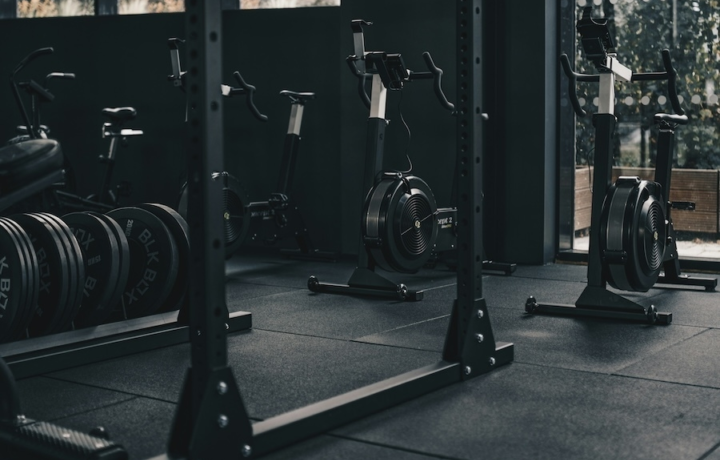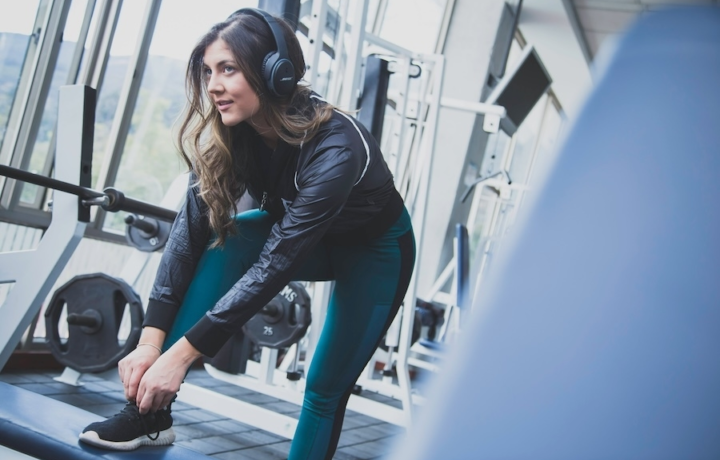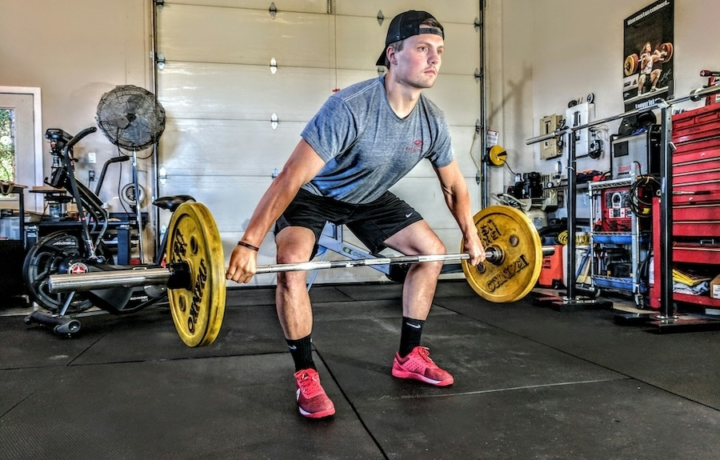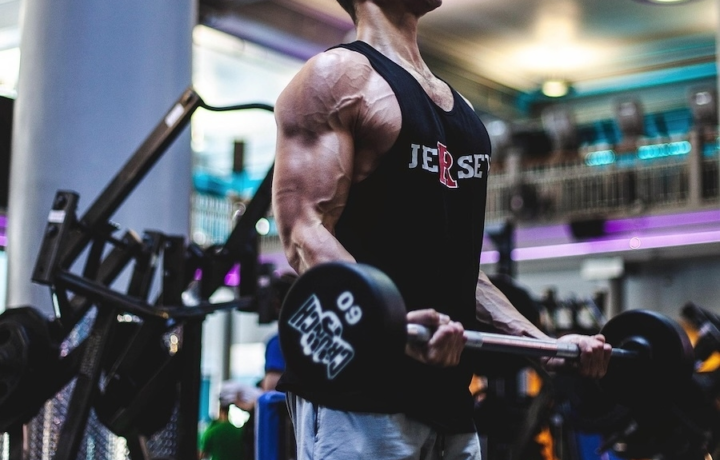Train smarter for strength, endurance and race-day readiness
Best HYROX workouts
HYROX is a hybrid fitness competition combining running with functional workouts like sled pushes, rowing, wall balls, and lunges. To perform well, you need a unique balance of aerobic capacity, strength endurance, and muscular resilience. These HYROX-specific workouts are designed to mimic race conditions while targeting key energy systems, transitions, and movement patterns. Whether you’re aiming to finish your first race or improve your split times, these workouts help you build total-body durability and pacing strategy.
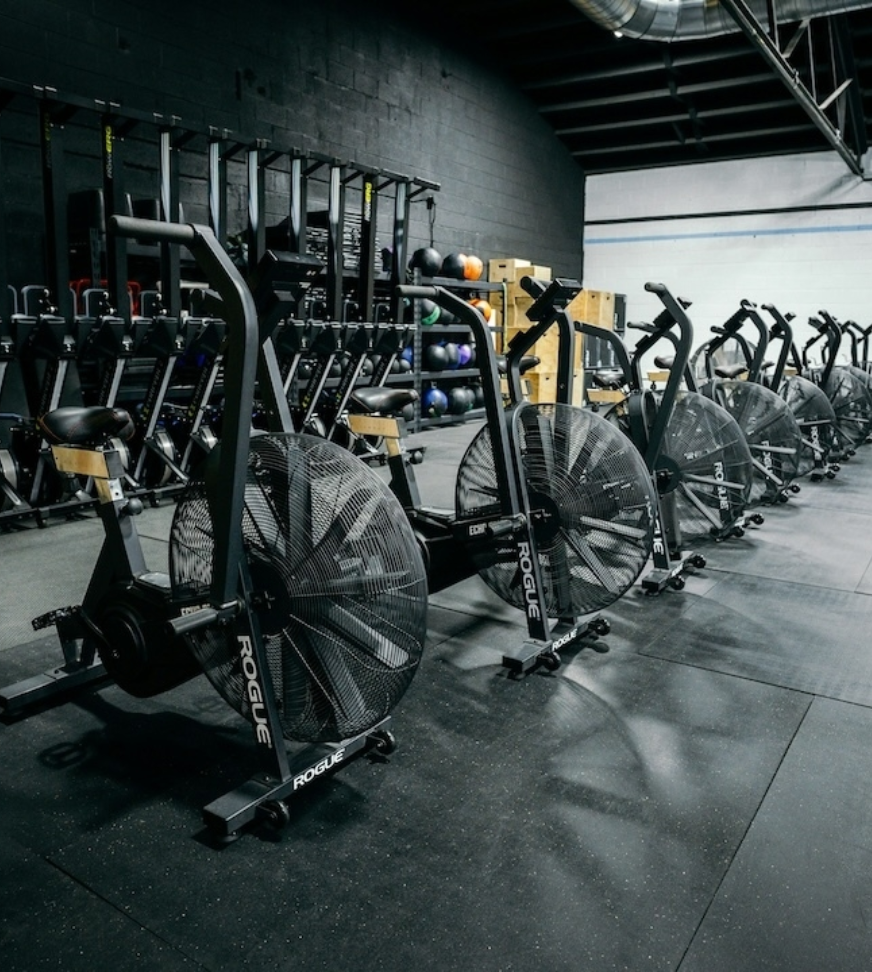
Workout 1 HYROX (Race simulation)
This HYROX race simulation workout (4 rounds: Run 400m → Strength Exercise → 60-90 sec rest → repeat) prepares you for actual competition by combining running with functional exercises just like you'll face on race day. You'll complete four rounds of 400-meter runs followed immediately by strength exercises like wall balls, farmers carries, and burpees using competition distances and timing. The workout builds your ability to switch between cardio and strength exercises when you're already tired, which is exactly what Hyrox racing demands.


Running


Bodyweight Squat


Running


Wall balls


Kettlebell Farmer's Carry


Burpee Broad Jump
Functional strength and hybrid conditioning
The benefits of HYROX-specific training
HYROX workouts improve your performance across strength stations and running segments by training your aerobic engine, muscular endurance, and mental grit under fatigue. You’ll develop smoother transitions between movements, better pacing strategies, and functional movement quality. Plus, the variability and intensity of HYROX prep naturally boost fat loss, athleticism, and total-body conditioning: making you both fit and competition-ready.
Built for progress
Take the guesswork out of training
Create personalized AI-powered workout plans that evolve with you. Train smarter, track every rep and keep moving forward, one workout at a time.






Workout 2 HYROX (Strength endurance)
This Hyrox strength endurance workout (5 rounds: Strength Exercise → 75 sec rest → repeat) builds the muscular stamina needed for Hyrox competition by focusing on the strength stations with minimal running. You'll complete 5 rounds of functional exercises like sled pushes, farmers walks, and ski-erg work with consistent 75-second rest periods between rounds. The workout develops your ability to maintain power output across multiple rounds when your muscles are fatigued.


Marching On Spot


Push Up


Power Sled Push


Farmers Walk


Ski-Erg


Dumbbell Lunge
Workout 3 HYROX (Metabolic conditioning)
This HYROX workout pushes your cardio fitness to the limit using high-intensity exercises with 2-minute rest periods between complete rounds. You'll cycle through running, rowing, wall balls, and other cardio-heavy exercises that get your heart rate up and keep it there. The longer rest periods let you go all-out during each exercise, building the kind of cardiovascular fitness needed to maintain speed throughout an entire Hyrox race.


High Knee Skips


Pike To Cobra Push Up


Running


Wall balls


Rowing (Rowing Machine)


Burpee Broad Jump


Ski-Erg
Frequently asked questions: best HYROX workouts
Access to sleds, ski ergs, rowers, wall balls, and sandbags is useful. If limited, you can substitute sleds with weighted pushes or drags and ski/row with cardio machines. A heart rate monitor also helps guide pacing and track improvement over time.
Athletes often struggle with sled push/pull strength, wall ball volume under fatigue, or pacing the run portions. Address these by improving muscular endurance, breathing control, and race-day transitions. Practicing fatigue management is key to success.
Most athletes benefit from 4–6 weekly sessions, depending on experience. A typical week may include 2–3 strength/hybrid sessions, 2–3 run-focused days, and 1 active recovery or mobility session. Always factor in rest and periodization based on race timing.
The best approach combines running intervals, strength endurance training (e.g. sled pushes, lunges, wall balls), and race simulation workouts. Include tempo runs, functional strength circuits, and skills practice for efficiency at each station. Simulated HYROX-style workouts help condition your body to handle fatigue transitions.
Not always. You can build capacity using split workouts (e.g. running + wall balls), then gradually progress to full simulations. The goal is to build endurance and movement economy first, then integrate HYROX-style challenges to test your readiness.
Race Smart, finish Strong
Strategic HYROX pacing for every athlete level
HYROX demands more than just fitness: it requires tactical race execution. Our HYROX calculator helps you develop a winning strategy by estimating your finish time based on your running pace and station performance. Whether you're competing solo or with a doubles partner in Open or Pro division, proper pacing can make the difference between hitting your goals and burning out mid-race.
The calculator provides a detailed breakdown of your estimated total run time, station time, and transitions, plus delivers personalized pacing tips based on your format and division. Remember: HYROX races are won in the transitions and through consistent pacing, not just raw power.
Stay on track with the app
Ready to train smarter?
You've just calculated your HYROX race strategy and identified your key performance areas. Now it's time to turn those insights into results. With the app, you can access structured HYROX training programs designed to improve your weakest stations, optimize your transitions, and build the endurance needed to execute your race plan perfectly.
Explore more training variations
Related HYROX workouts
Train smarter with weekly plans
